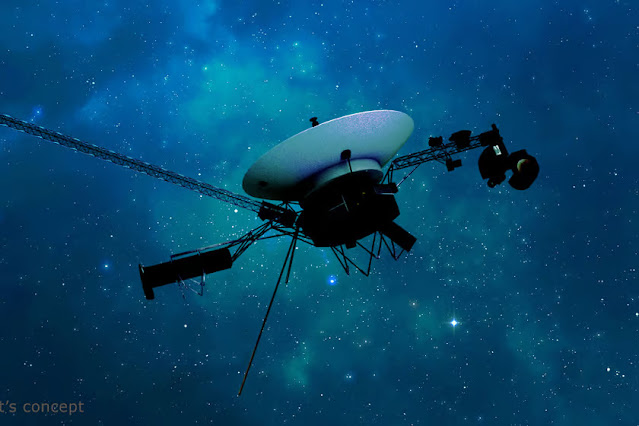Amazing video of Orion striking Earth’s atmosphere at a speed of 11 kilometers per second (6.8 miles per second) has recently been rediscovered by NASA. That is over 32 times the sound speed (!).
One of the most breathtaking videos we’ve seen all year was taken during NASA’s Artemis 1 mission last year.
NASA’s Orion Spacecraft account posted a one-minute snippet of the re-entry on X this week along with a link to the entire 25-minute video. Since then, the brief video has been widely popular for the obvious reason—it is absolutely bizarre!
NASA tested its enormous space launch system for the first time, sending an unmanned mission to the Moon in November of last year. The technology is intended to return humans to Mars and the Moon eventually.
It was also a chance to perform the ultimate test on the Orion spacecraft. a spacecraft with the capacity to carry up to four crew members that is partially reusable.
Orion was launched empty into space for 25 days during the Artemis 1 mission, including six days in lunar orbit, before being propelled back to Earth. The entire experience was captured by the spacecraft’s 16 cameras.
As it skipped across Earth’s atmosphere like a stone, Orion erupted into flames and left a plasma wake in its wake upon its return.
According to Chris Combs, an aerospace engineer at the University of Texas in San Antonio, a facility that collaborates closely with NASA, the footage shows some flaring, which is brought on by tiny pieces of tape burning, as well as control thrusters firing.
“Two quick things because everyone is asking the same questions,” Combs posted on X.
1) The “ablative” heat shield is not what the chunks are. It burns continuously rather than coming off in clumps. I think those pieces are the low-emissivity tape that was used to encircle Orion.
“2) the sudden changes and plumes are controlled thrusters firing.”
Additionally, he mentioned that the noises that make a clicking and pounding sound are the control thruster valves.
Eventually, on December 11, 2022, Orion descended into the Pacific Ocean via parachute.
Orion was trying a novel form of re-entry known as a “skip,” in which the spacecraft bounces off the atmosphere, giving NASA more precise control over the location of the spacecraft’s splashdown, independent of the initial atmospheric impact.
According to Chris Madsen, the manager of Orion’s guidance, navigation, and control subsystem, “the skip entry will help Orion land closer to the coast of the United States, where recovery crews will be waiting to bring the spacecraft back to land,” returning in April 2022.
Orion’s maiden voyage saw it go further from Earth than any previous spaceship intended to support human habitation, at 434,500 kilometers (270,000 miles).
The NASA video below features even more amazing moments from the Artemis 1 mission:



